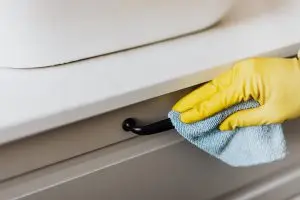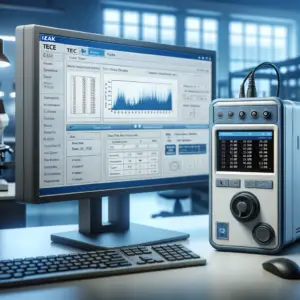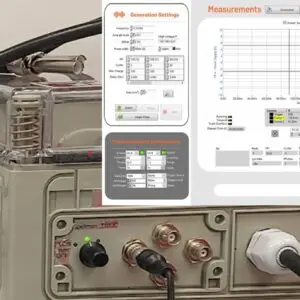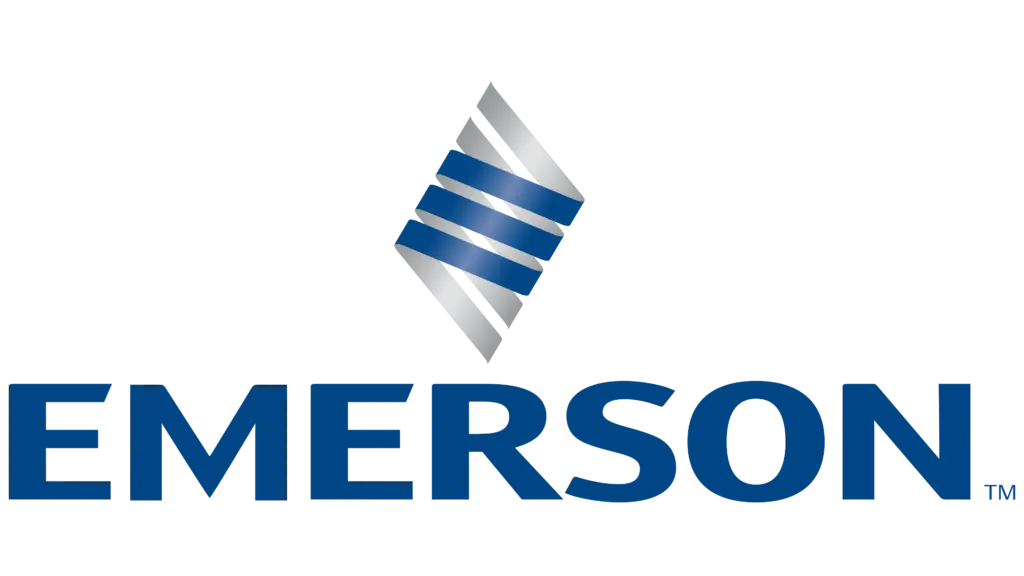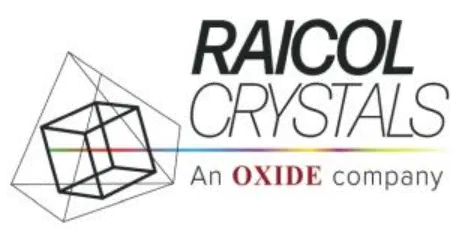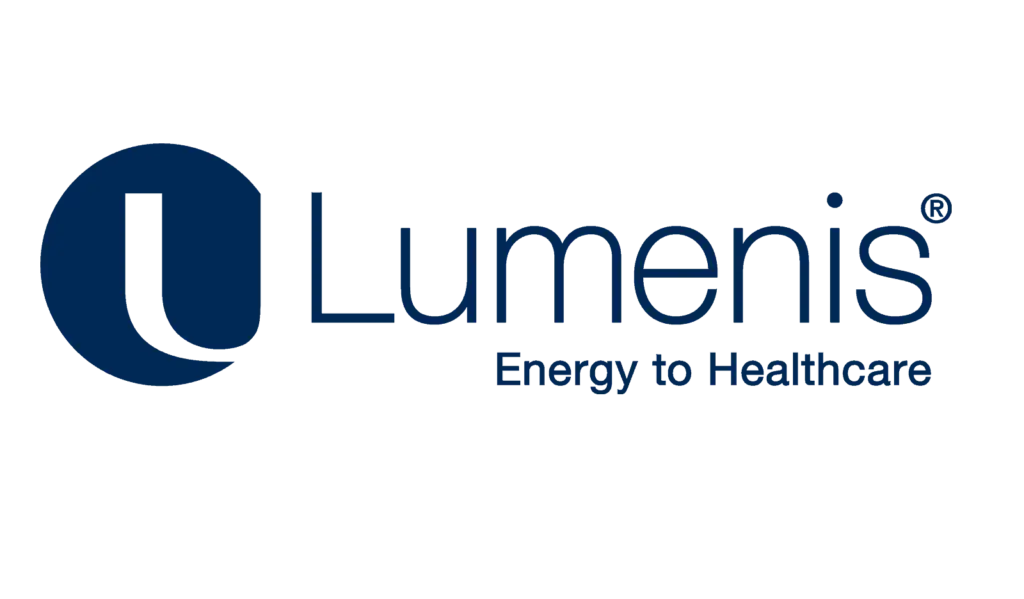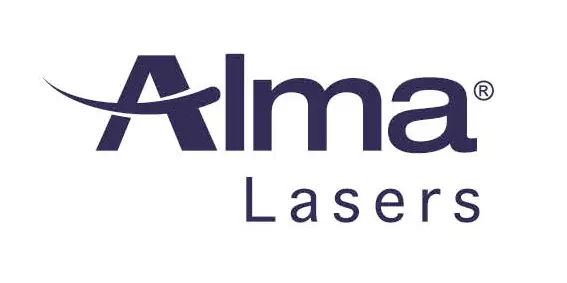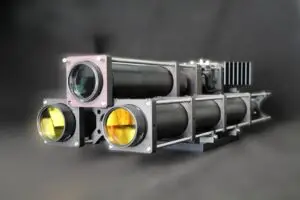Here is the hard truth: infections took the lives of hundreds of millions of people throughout history. Think about the major outbreaks we had in the past with smallpox, plaque, the pandemic flu, polio and more recently HIV, SARS, H1N1 and the latest coronavirus responsible for the COVID-19 pandemic.
Thanks to modern medicine, many antibiotics and antiviral drugs are now available on the market, which can kill a variety of bacteria, viruses and other microbes. Many vaccines had been created to prevent highly contagious, potentially life-threatening conditions.
However, infectious diseases are still in the top 10 causes of death. 1.[R]
Humans can become infected by direct contact with contaminated food, water, fecal material, body fluids or animal products. In other cases, infection can be transmitted through the air. Considering that there are so many routes of infection, plus the fact that some microbes are becoming increasingly resistant to antibiotics, scientists had to create an additional method to combat infections: disinfectants.
Just like antibiotics and antiviral drugs are prescribed for humans and animals to treat infections, disinfectants are needed to “treat” contaminated surfaces, water or air. Clean, disinfected surfaces, water and air, means lower risk of spreading the microbes, which means decreased risk of dying from an infection.
The Problem: Life Threatening Infections
Here is an example of an infection that claims many lives. An infection that can be easily caught by touching contaminated surfaces: MRSA.
Methicillin-resistant Staphylococcus aureus (MRSA) is a bacterium that causes life threatening infections. It is tougher to treat than most strains of staph aureus because it’s resistant to some commonly used antibiotics. MRSA affects over one million people worldwide and tens of thousands of people die from MRSA each and every year. As an example, an estimated 20,000 Americans died from MRSA, according to 2017 data. Workers who are at higher risk for MRSA infection are those who work in hospitals and healthcare facilities, correctional facilities, daycare facilities, livestock settings, and veterinary clinics.
The Solution (For Surface Decontamination)
This bacterium can be easily destroyed on various surfaces in a very short time. Do you know how?
We put our UV disinfection unit called PXL Sanitizer to the test. Our device was tested by a third party, independent lab, and evaluated how it works on this bacterium that is very dangerous, yet very hard to treat. A surface with 65 million bacteria (MRSA bacteria) was exposed to PXL light. The result: out of 65 million bacteria, less than 1000 cells remained after 30 seconds of illumination with the PXL Sanitizer. After 5 minutes of illumination, only 6 bacterial cells remained.
Another bacterium that can cause life treating infections is Bacillus subtilis. Again, our UV disinfection unit was able to destroy millions of bacteria in 5 minutes. Many other bacteria, viruses, and fungi had been tested and found sensitive to UVC light in research studies. Pulse Xenon UVC light was also found effective against the new Sars-Cov-2.5.[R]
UV Light Disinfection Unit and Disinfection Chamber PXL Can Be Your Ideal Disinfectants
More and more people are choosing UV C light disinfection. A variety of bacteria, viruses and fungi are sensitive to pulsed xenon UV light, which is an advanced UVC technology used in all our PXL products. Unlike chemical disinfectants, their UVC light is not corrosive or damaging for surfaces. It works and it works fast — in seconds! PXL Sanitizer is ideal for small surfaces like keyboards, phones, tablets and remorse controls. For larger surfaces, you will need to use our PXL disinfection chamber.
Would you like to know more about our PXL Products? Give us a call today.
- https://www.bcm.edu/departments/molecular-virology-and-microbiology/emerging-infections-and-biodefense/introduction-to-infectious-diseases
- https://www.xenex.com/tag/covid-19/
- https://www.cdc.gov/niosh/topics/mrsa/default.html
- https://www.cdc.gov/niosh/topics/mrsa/default.html
- https://www.cdc.gov/mmwr/volumes/68/wr/mm6809e1.htm
UV Source | Electrical Efficiency (%) | UV Efficiency (%) | UV Intensity (W/cm²) | Treatment time | UV/ Output Spectrum |
PXL | 15-20 | 17 | 30,000 | ms-min | wide spectrum/ polychromatic 170-1000 nms
|
LPM | 50 | 38 | 0.01 | s-min | Monochromatic 253.7 nm |
LED- UVC | 60 | 10 | 0.001 | h | Narrow spectrum |
[5]
When asking which is the best uv sanitizer, there are few more important things to consider. Was your device tested by a third party, independent laboratory? Does it come with a full training manual and safety instructions? Does the manufacturer comply with international standard certifications like ISO 9001 ?
PXL products offered by IZAK Scientific are created by scientists with a proven record of excellence. The devices are based on use of advanced pulsed xenon light, they are third party tested and our company has been assessed and complies with ISO 9001-2015. Whether you need small or larger surfaces for disinfection, IZAK Scientific has a solution for you. Full training and safety instructions available. Email us today!
References:
https://www.cdc.gov/infectioncontrol/guidelines/disinfection/introduction.html
https://www.researchgate.net/publication/5393412_Comparative_disinfection_efficiency_of_pulsed_and_continuous-wave_UV_irradiation_technologies
https://www.fda.gov/media/101349/download
https://www.cdc.gov/infectioncontrol/guidelines/disinfection/
“Ultraviolet Light in Food Technology: Principles and Applications” By Tatiana Koutchma
Tzachi Sabati
CEO, IZAK Scientific
Physicist specializing in photonics and quantum technologies, with deep expertise in quantum sensors and advanced optical systems. Leads the Advanced Quantum Lab course at the Technion, bridging academic excellence with industry innovation. At IZAK Scientific, provides cutting-edge photonics-based solutions, developing customized inspection and sensing systems for R&D and production. Passionate about advancing quantum sensing applications and integrating novel technologies to meet industry needs.

